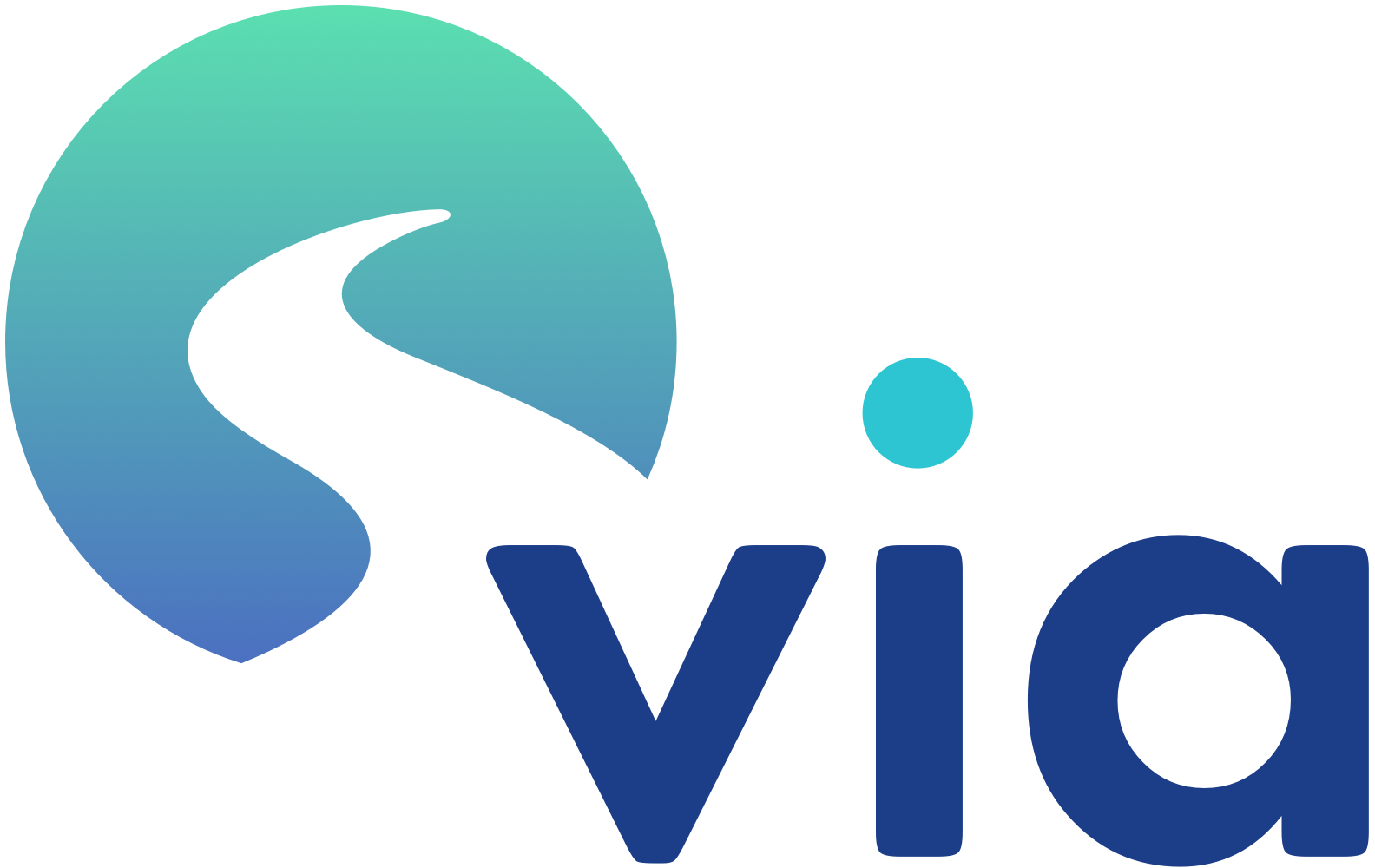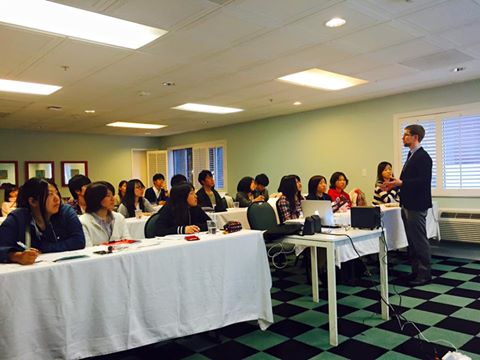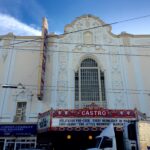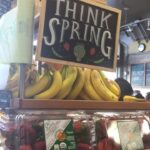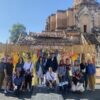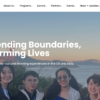Introduction to Global Medicine
I am Miho Irie, 4th year student from Tokyo women’s medical university, and this is my first time to participate in this program. I would like to share what we have learned from the workshop “Introduction of global medicine”.
We learned about global medicine from Dr. Thomas and had a several discussions in small groups. At first, we talked about the differences between the West and Japan.
The theme was about the health care system, culture and patient expectations, diseases and treatments, and medical education and training.The things we learned about the system is that while in Japan, everyone is covered with insurance, in the west, not everyone is. The great difference about the patients is that there is a diversity in the west but the patients are more homogeneous in Japan that we see only Japanese people mostly. About the treatments, we have found out that there are more treatment trials in the west than in Japan, and this leads to the difference about how long it takes to have a new medicine to be allowed to use.
Next, we tried to list up as many as possible about the members of the health care team and a lot of people found it difficult to come up with patients, government, chaplain, and the students. It was a little surprising to know about the experience which Dr. Thomas had when he was a student doctor. From his experience, we have learned that medical students including nursing and pharmacists can spend much more time than the doctors, who are very busy most of the time, that in some point we could lead the patients to get well. We also learned that the most important thing about the health care team is that it is the patient who is in the middle of the team.
The last discussion was about what kind of members in the health care team do we need in the case we were given. It was interesting to know that there are so many kinds of people who are related to make the patients better.
From the workshop, I have learned and noticed about the differences between the states and Japan, and by knowing the differences can help each other’s situation. I am looking forward to bring back what I have learned here and hopefully make things better in Japan in some points.
LGBTQ+ Health Care Workshop
Hi. I’m Mari Miyajima, a 2nd year student at Kanazawa Medical University.
I’d like to talk about the activity which we had in the afternoon. In this workshop, Ellison talked about LGBTQ. LGBTQ is an acronym that stands for Lesbian, Gay, Bisexual, Trans and Queer. He showed us many videos on youtube. Those videos are mainly about the problems that sexual minorities have. I was shocked to hear about the deta that 70% of LGbTQ people have experienced discrimination, and also I was ashamed that I didn’t know much about LGBTQ at the same time.

After we finished watching the videos, we discussed and shared the opinions. We found out both American and Japanese people who are in urban areas tend to understand and accept LGBTQ people more than people from countryside. Also, we realized there are some differences between Japan and America about this topic. We thought Japanese medical students don’t have many lessons about this at the university, even though it is so important to know as a medical student. I strongly believe that we should have and find a chance to study about sexual minorities, as more people are accepting LGBTQ people now than before.
It was so interesting to learn about LGBTQ people and I’m sure we all want to know more about it in Strut tomorrow. Thank you.
Milk Film Screening
Hi, this is Seiya Saito. We EHC program members watched the movie titled Milk.
Do you know the word ‘LGBT’? This word stands for lesbian, gay, bisexual and transgender. I think these words are not familiar to Japanese people. These days, this minority community has come to be accepted to the world, however, this community has been discriminated by unfair reasons until recently. The discrimination for them may remain in this world. The film “Milk” focuses on the life of Harvey Milk, who is the first openly gay rights activist to be elected to public office in San Francisco in 1970’s.
In the most impressive scene, Harvey Milk said “I’m not candidate, but the movement is candidate! ”. In those days, gay people could not confess that they were gay. Because they may lose their jobs if they confess that. Gay people felt angry and fearful about this situation. They just loved same sex people, but some people said they were against God. They made a demonstration march to reject the discrimination by unfair reasons. In the demonstration, they shouted “Gay Rights Now!!”. This is the movement.
George Moscone was the Mayor of San Francisco. He was positive about Milk’s thinking and went along with Milk. This cooperation led to the gay rights. However, Moscone was unfortunately shot. The reason why he was killed is not clear now.
In fact, there are still discrimination for LGBT, homeless, handicapped people and so on. In order to make “a peaceful world”, it is essential to abolish discrimination. “A peaceful world” means not only the world without wars but also the world people can live their livings, do what they really want to do and love their lovers. Realizing this dream seems to be difficult, but it is definitely important to have hope.
1 Dollar Challenge: Understanding Homelessness & Health
Hello, my name is Shota Ike. I’m a 5 th year medical student at Sapporo Medical University.
Now, I want to tell you about what we did and learned about in our activity. We went to Mission Street in San Francisco, California on March 16, 2016. At that activity, we have three missions to be completed. The first mission is to explore the community and understand the demographics. So we asked local people about it there and we found characteristic buildings such as churches, a natural park and local shops.
The second mission was to find our lunch with 1 dollar per person and think about where we can get a free meal. There were 10 members in our team so we were able to spend 10 dollars. We went to the local grocery shop and bought two apples and a pack of blueberries for 10 dollars. The clerk in the shop was so kind so we had a sample taste of some fruits for free!!
The last mission was to find medical facilities. Then, we found the Mission Neighborhood Health Center (MNHC). This center is a Federally Qualified Health Center that provides primary care and supportive services to low-income residents in the neighborhoods. While we were exploring the first and second missions, we found out that there is a difference of the lifestyles between the rich area and the poor area. We saw a lot of organic fruits and vegetables in the grocery store we went to first and the staff in the shop was so kind that he gave us some of the fruits just to try. However, the shop in the other side of themission street looked so different. The fruits and vegetables in the store didn’t look delicious at all, and we saw some homeless people around the shop. It was great opportunity to look around this area.
By applying this situation to medical issues, low-income people are less likely to be able to access healthy foods and also medical care. On the other hand rich people can have both expensive healthy foods and medical treatment. I want to use these experiences to broaden my mind to become a doctor who can take care of any patients no matter how rich they are.
Thank you very much!!
